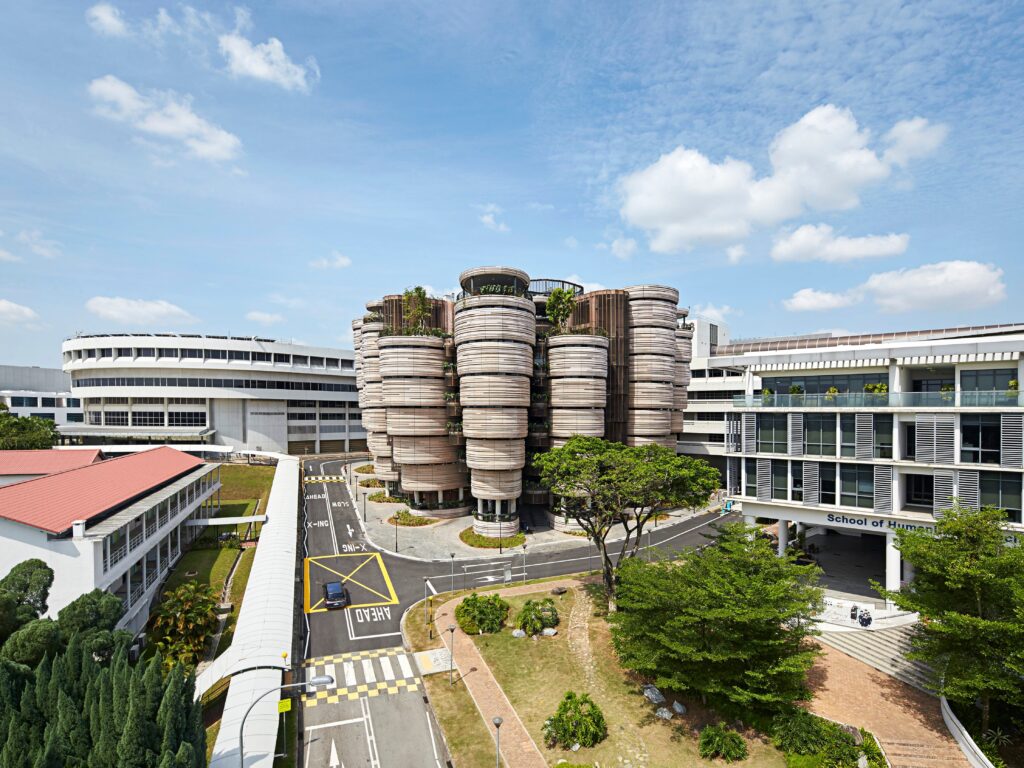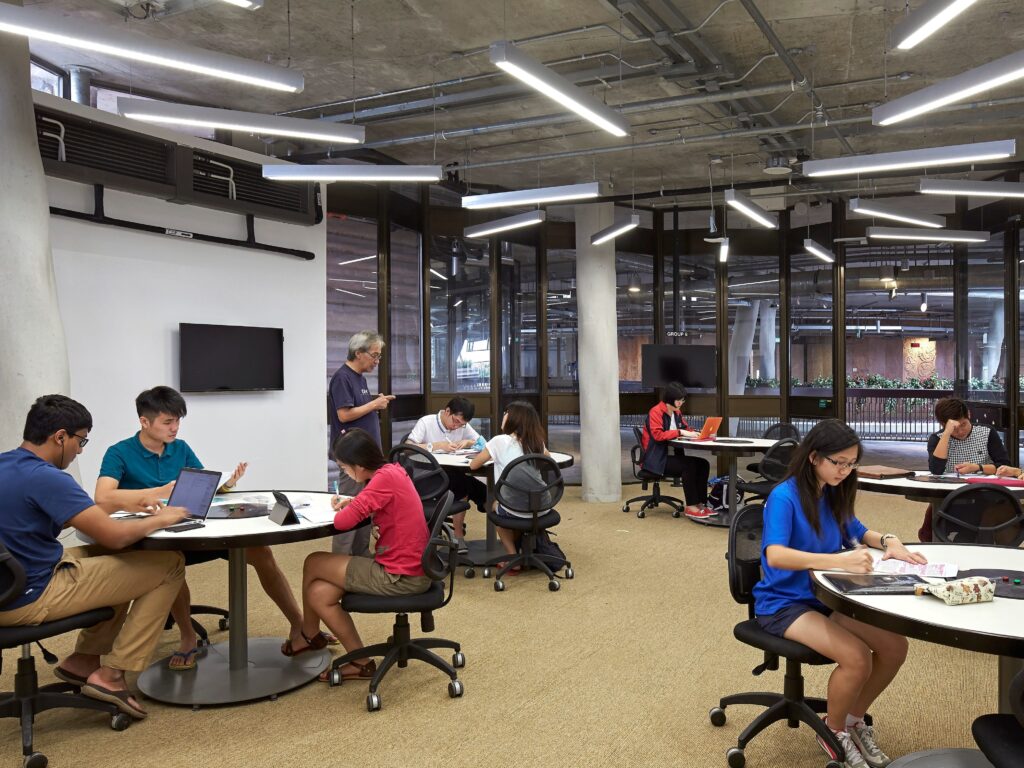Our experts answer readers' student loan questions and write unbiased product reviews (here's how we assess student loans). In some cases, we receive a commission from our partners; however, our opinions are our own.
- James Guardino enrolled at a graduate school in Singapore in 2021.
- The program cost him just $7,000 — much less than what he paid for his Bachelor's degree from Temple University.
- Guardino said attending university in Singapore is a humbling experience.
This as-told-to essay is based on a conversation with James Guardino, a 36-year-old graduate student at Nanyang Technological University, a school that's consistently ranked among the top universities in the world. It's been edited for length and clarity.
I was born in Philadelphia, the largest city in Pennsylvania, and lived in the Delaware Valley for 24 years. I grew up in the suburbs, and the idea of leaving the US and moving abroad never came up.
That changed in 2006. I was enrolled in Temple University — a state-funded research university in my hometown — at the time. I ended up putting my studies on hold to pursue music and follow in my parents' footsteps. I went on tour with a band across the US for a year. There was something liberating about life on the road.
In 2008, I returned to Temple to study economics. My time in college wasn't easy as I went back to school following the global financial crisis. Despite the challenges, I graduated summa cum laude from Temple's Fox School of Business in 2011.
Both the time I spent on a diverse campus and the experiences I had touring America helped me expand my horizons. I made lasting connections with people from other cultures and backgrounds.
But like most millennials, I came out of school with debt, which took me almost a decade to pay off. As an in-state student, attending Temple was cheaper than other out-of-state universities, but it was still a hefty sum. In the latest academic year, in-state tuition at Temple starts at $17,136 per year. Out-of-state tuition is nearly double the price, at $30,864 per academic year.

I ended up in Singapore in August 2012, after accepting a job as a facultative reinsurance broker.
Compared to the US, living in Singapore in the 2010s felt more modern and vibrant — things were more efficient, and the public transport was second to none. I stayed because Singapore was exciting and full of possibilities.
In 2018, I married my long-time girlfriend who's Singaporean. It's been ten years since we first got together, and during the pandemic, we decided that Singapore was where we wanted to settle. I obtained permanent residency – the equivalent of a green card in the US – in Singapore in 2020. A year later, I decided to go back to school.

I enrolled at the S. Rajaratnam School of International Studies, or RSIS, in July 2021. It's a graduate school within the Nanyang Technological University, or NTU, a university that's currently ranked 19th in the QS World University Rankings, sandwiched between Ivy League schools Yale and Cornell.
I'm pursuing a two-year Master of Science degree in international political economy part-time, and I'm set to graduate in July. The entire program cost around 9,950 Singapore dollars, or $7,000 for Singapore citizens and permanent residents. In comparison, a similar degree from Yale's Graduate School of Arts and Sciences would cost $46,900 per academic year.
For the same degree, international students would pay SG$14,970, or $11,200, after government subsidies, which is still significantly less than fees in the US.

Attending graduate school overseas is humbling, but worth it
I often heard that I would never have time to go back to school while juggling my corporate career. It's definitely a big challenge and there's a lot of effort that's needed to make it work. But at RSIS, I've found that learning is self-directed — the amount I learn is based on how much time I put into reading and researching.
Before going back to school, I was a political risk broker, so I enrolled in the program to learn more about political risk analysis. It's helped me transition from my job role as a broker to an underwriter.
There's a big difference in the affordability of college in the US and Singapore. When I went back to school, cost was a big factor that influenced my decision to attend a university in the city-state. The subsidies allowed me to further my education — without this, I would have struggled to afford graduate school.
I considered enrolling in an online or a remote graduate degree from several reputable universities in the US, but it would have set me back at least $30,000, which just wasn't realistic considering my wife and I are looking to start a family.

Most students at RSIS are from Asia, so it's not often I come across other students from the US or even Europe. It's a humbling experience learning in a country outside your own, and learning from the unique perspectives of other students who grew up in Southeast Asia, China, and beyond.
As an American, I've found a lot of value in coming to Singapore and attending graduate school. The US has fantastic universities, but being here has helped me better understand other cultures. Going back to school in another country has felt foreign and even daunting at times, but I think that's a good thing for anyone coming from the West, especially if you're willing to put yourself in other people's shoes.
I'm thankful that many students in Singapore — even if they aren't citizens — can secure grants and financial aid. The money I'm saving on tuition has helped me build a strong foundation for me and my wife's future together.
